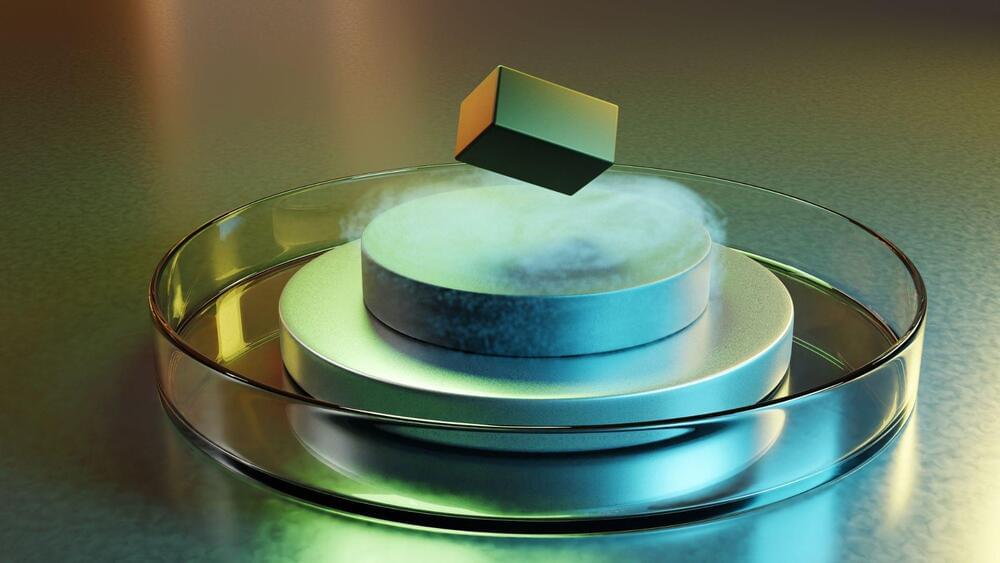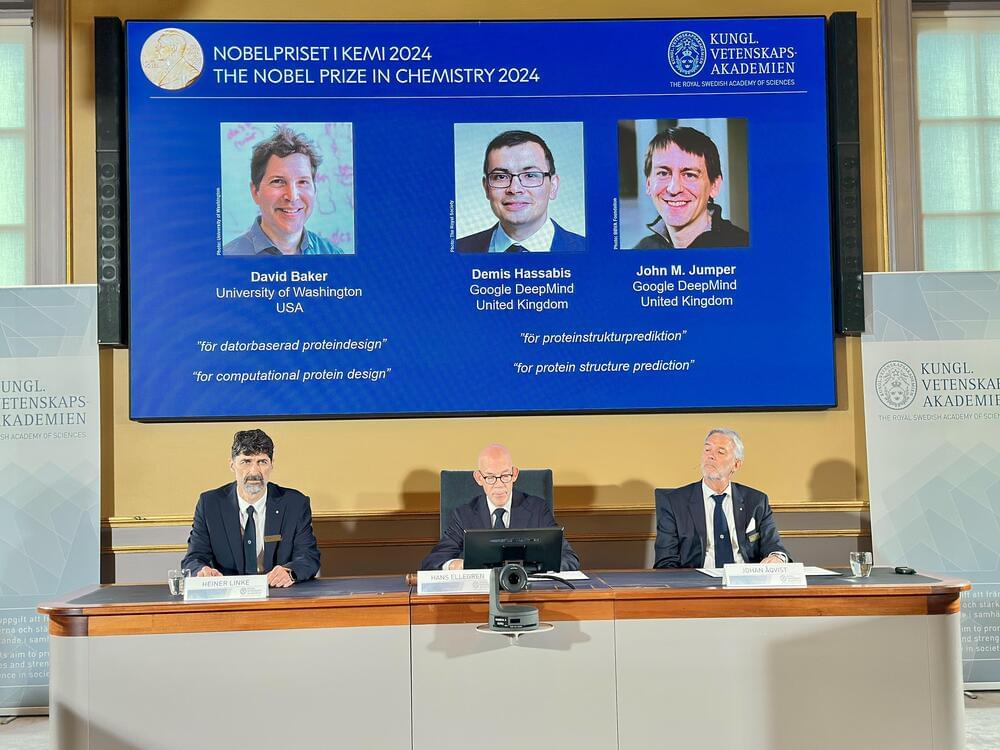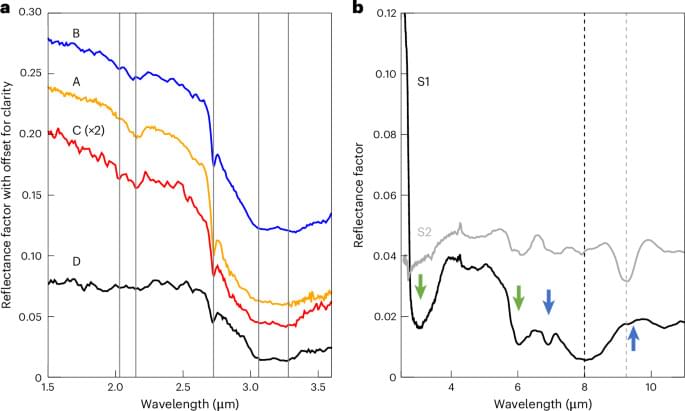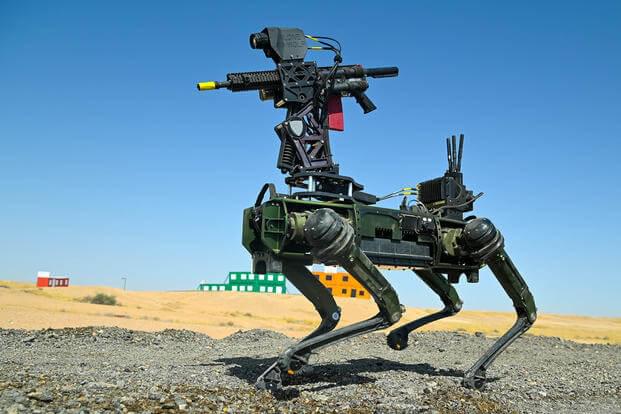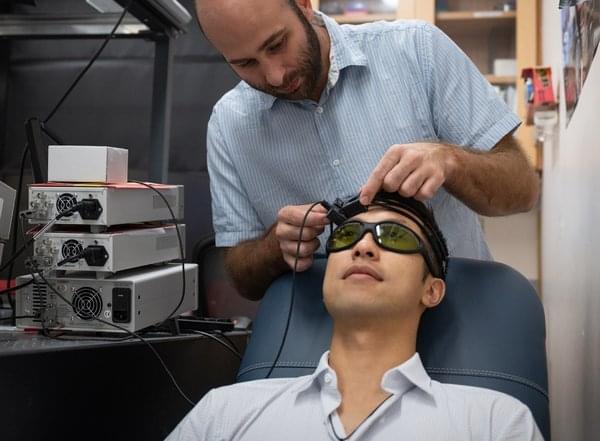Scientists have used gene-editing techniques to boost the repair of nerve cells damaged in multiple sclerosis, a study shows. The innovative method, which was tested in mice, supports the development of cells that can repair the protective myelin coating around nerves, restoring their ability to conduct messages to the brain.
The findings, now published in Nature Communications, offer a potential route for future treatments to stop disability progression, experts say.
Our bodies have the ability to repair myelin, but in multiple sclerosis (MS), and as we age, this becomes less effective. There are currently no treatments to boost this process.

